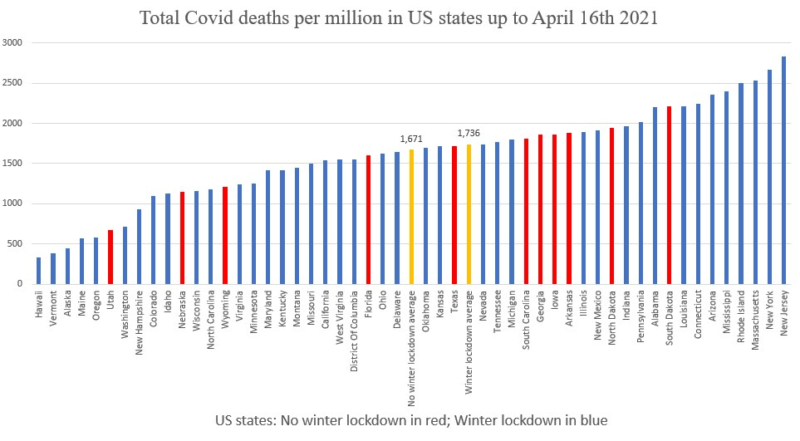בשנות ה80 נהגו הבנקים לתת לצרכנים אשראי לרכישת מניות בבורסה. את הכסף ניהלו מנהלי ההשקעות בבנקים, ולעיתים קרובות השקיעו במניות הבנקים עצמם. במקביל, נהגו בנקים לקנות מניות באופן הדדי כדי להעלות את שווי המניות (הרצת מניות), לקוחות הבנקים התרגלו שמניות הבנקים רק עולות ולכן המשיכו להשקיע תוך נטילת אשראי לשם כך- מהבנק עצמו. כאשר התגלה העניין, צנח ערכן של מניות הבנקים והלקוחות נותרו עם חובות כבדים. פרשה זו מכונה: “ויסות מניות הבנקים”. התוצאה של הפרשה היתה קריסה והלאמה של הבנקים באמצע שנות ה80. כנראה שזה היה אחד הגורמים להיפר אינפלציה בתחילת שנות ה80.
בסדרת הספרים תחומין בהוצאת מכון צומת יש מאמרים בנושאים שונים ומגוונים בנושאי הממשק שבין התורה לעולם המודרני (מדע, משפט, כלכלה ועוד), בדרך כלל יש מאמר אחד או שניים בכל תחום. באופן חריג, בכרך ח, יש ארבעה מאמרים העוסקים במשפט שהתרחש בשנת 84.
אדם שקיבל אשראי מהבנק להשקעה במניות, והבנק ניהל את השקעותיו, טען שעל פי היתר העסקא של הבנק, הוא אינו חייב לשלם מחצית מהחוב שהרי לפי היתר העסקא מחצית מההלוואה היא הלוואה ומחצית – פקדון שבו אמורים להתחלק הלווה והמלווה. סכום הריבית מוגדר כ”דמי התפשרות” כאשר הלווה אינו יכול להוכיח כמה הרוויח או הפסיד. הסיבה העיקרית לכך שהוא לא יכול להוכיח זאת היא שעליו להישבע בשבועה חמורה לשם כך, ואף בית דין לא ישביע אותו. גם באופן מהותי לא ניתן להוכיח שההפסד שייך דווקא לאותה הלוואה.
טענת הלקוח היתה שבמקרה הזה, כל ההשקעה נוהלה על ידי הבנק ב”חשבון סגור” ולכן אין צורך בשבועה שהרי הבנק יודע היטב מה היו תוצאות ההשקעה- הוא עצמו ניהל אותה.
לפסק הדין בנושא הזה יש השלכות מרחיקות לכת בשני מישורים:
ראשית הוא היה עשוי לפתוח פתח לכמות עצומה של תביעות בנושא, ולכן היתה לו משמעות כלכלית רחבה עד כדי איום (נוסף) על יציבות הבנקים והמשק.
במישור ההלכתי היתה לפסק הדין בנושא הזה השפעה מכרעת על הרלוונטיות והמשמעות של היתר העסקה מבחינה הלכתית. מצד אחד אם בית המשפט יאמר שהיתר עסקה הוא “פולקלור דתי” ואין לו משמעות משפטית- לא ניתן יהיה להתנהל במשק מודרני ללא חשש לעבור על איסור ריבית. מצד שני, אם בעקבות היתר העסקא הבנק יפסיד, אף בנק לא יסכים לחתום על היתר עסקא (או שיתמחר זאת בהתאם). באופן עקרוני התביעה נדחתה מסיבות פרוצדורליות, כך שנמנעה הדילמה, אך אנו יכולים ללמוד מכאן משהו הרבה יותר גדול.
עצם העובדה שהבנקים עצמם ניהלו את ההשקעה נוגדת את מהותו של היתר העסקה. הרעיון בעסקה הוא שהלווה מתעסק בהשקעה ומתחלק עם המלווה ברווחים. אבל אם היו נמנעים מהבעיה בהיתר העסקא, אולי היו נמנעים מהמשבר הכלכלי שפקד את המדינה.
התקנה העיקרית שנקבעה על מנת למנוע משברים מהסוג הזה היתה הפרדת ההשקעות מהגוף המלווה- כפי שאמור היה להיות בהיתר העסקא. (המלצות ועדת בייסקי ובכר)
כמה עשורים לאחר מכן התרחש משבר כלכלי נוסף שנבע אף הוא מפעילות בניגוד לרוח היתר העסקא- בארה”ב. הבנקים והמשקיעים הפנו את השקעותיהם ללווי ה”סאב פריים” הלווים העניים, ולקחו מהם ריבית גבוהה יותר בגלל הסיכון הכרוך בהלוואה לעניים. זה בדיוק סוג הריבית שאוסרת התורה. לעניים צריך להלוות על מנת לעזור, אם רוצים להרוויח, צריך להשקיע בעסקים. גם בפרשה זו בשלב הראשון הכל היה בסדר וכולם הרוויחו, עד שבשנת 2008 התפוצצה הבועה בקול רעש גדול תוך קריסה של 200 בנקים בארה”ב וצניחה חדה בשווקי המניות בכל העולם.
אף אדם לא יכול להבין את ה”יד הנעלמה” שמנהלת את הכלכלה- במלואה. אם היה אדם כזה, הוא היה עשיר כקורח בעזרת אפשרויות המינוף הקיימות כיום. אבל אם נזכור שקיבלנו “מידע פנים”, דרך התורה ודרך חוכמתם של חז”ל, ייתכן שנוכל להימנע ממשברים כלכליים, ולהפוך את העולם למוסרי וטוב יותר.
מאתר מסתברא – כלכלה עברית, כאן.


